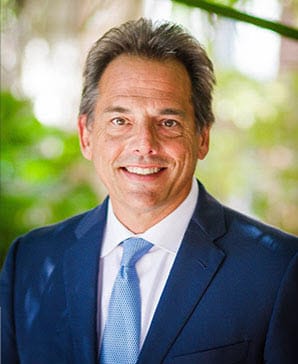On March 3, a motorcyclist died after sliding his bike sideways into the rear of a pickup truck in Waco, Texas. And on February 22, a motorcyclist lost control of her bike and fell from an elevated roadway in North Austin. These are just a few of the recent fatal motorcycle accidents that have become increasingly common in our state and across the United States.
What factors contribute to motorcycle accidents? And what can be done to keep riders safer on Texas roads?
According to the National Highway Traffic Safety Administration (NHTSA), 4,976 people died in motorcycle crashes in 2015, up 8.3 percent from 2014. Motorcycle accident injuries for 2015 were at approximately 88,000, although this figure was down 4.3 percent from the previous year. Data from 2016 has yet to be released, but will no doubt be similarly high given crash data.
What factors contribute to fatal and non-fatal motorcycle accidents? Below are a few driver behaviors and safety issues that play a role in crashes:
- Alcohol or drug use – The NHTSA reports that 27 percent of motorcycle riders involved in fatal accidents had a blood alcohol concentration (BAC) of .08 percent or higher. Refraining from alcohol or drug use can increase motorcycle safety.
- Speeding – In 2015, 33 percent of those involved in fatal motorcycle crashes were speeding. Slowing down and adhering to posted speed limits will help motorcyclists to be safer on the roads.
- Proper licensing – Twenty-seven percent of riders in fatal 2015 crashes did not have a proper motorcycle license. Obtaining proper training and licensing will increase rider safety and skills.
- Helmet use – According to the NHTSA, motorcycle helmets saved 1,772 lives in 2015. In Texas, helmet use is required for riders and passengers age 20 and younger, but can improve safety for everyone.
